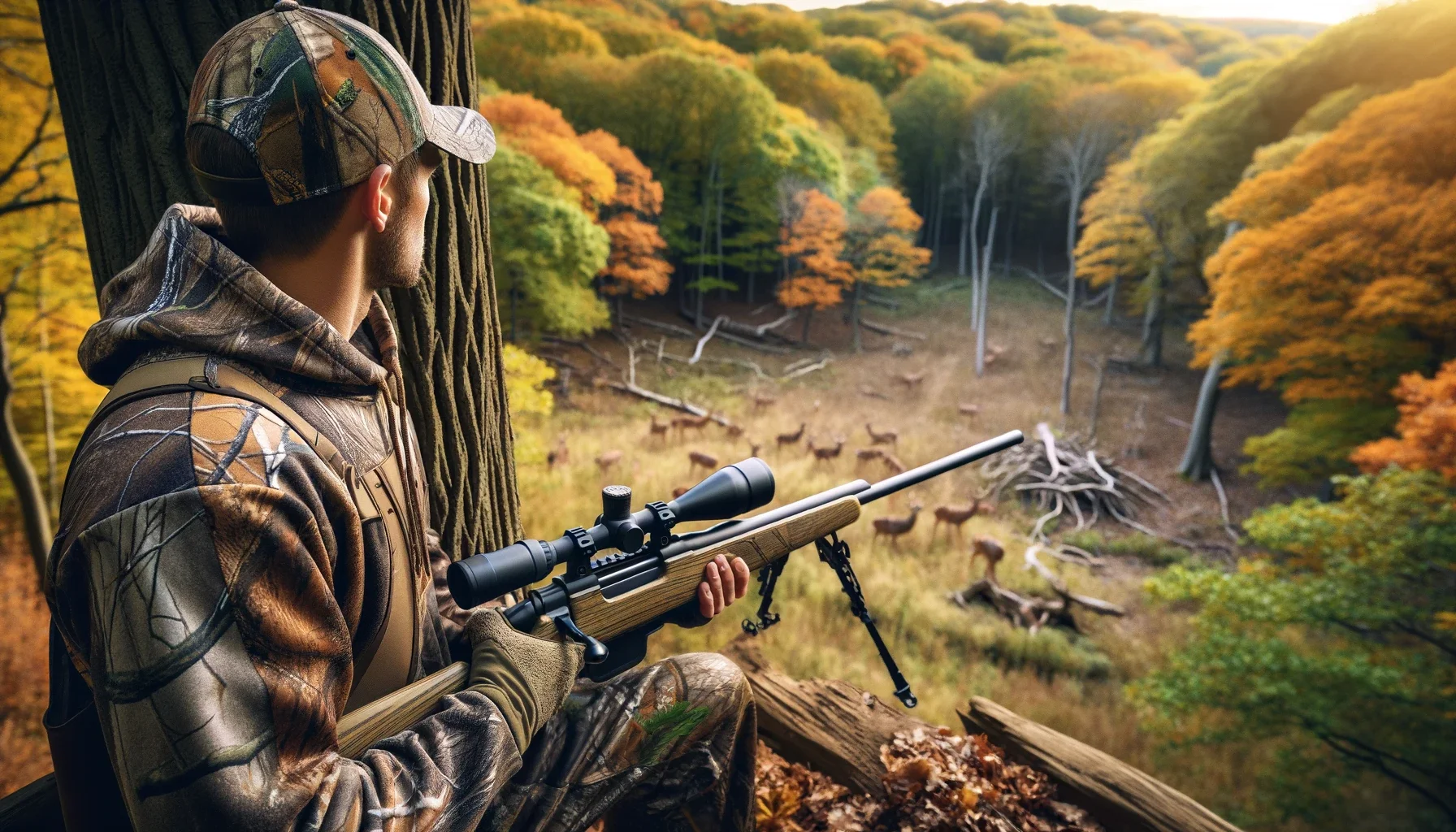
Embarking on a hunting journey during the rut, the deer mating season, presents hunters with a unique blend of challenges and opportunities. This period is characterized by heightened deer activity, particularly among bucks, who are on the quest for mates. This comprehensive guide delves deeper into effective strategies, offering detailed insights for a successful rut hunting experience.
Table of Contents
The rut is the period in the deer’s life cycle, typically occurring in the fall, when mating is at its peak. During this time, bucks display a significant change in behavior – they become less cautious, more visible, and actively search for does in estrus. This behavioral shift opens up new avenues for hunters.
With advanced preparation, a deep understanding of deer behavior during the rut, and a commitment to ethical hunting practices, hunters can significantly enhance their chances of a successful and rewarding experience. Remember, safety and respect for wildlife should always be at the forefront of any hunting endeavor.
A1: The most opportune times are early morning and late afternoon, aligning with the natural activity patterns of deer.
A2: Weather changes can significantly influence deer movement. For instance, a sudden drop in temperature often increases deer activity.
A3: Utilizing a combination of calls, scents, and decoys is highly effective. Each of these methods imitates aspects of deer behavior and communication, attracting bucks.
A4: While each phase has its advantages, hunting during the peak rut often provides the most activity and visibility of bucks.
A5: Scent control is crucial. Bucks are highly sensitive to smells, and masking human odor can greatly increase your chances of a successful hunt.
Gun owners regularly hear that maintaining their firearm is essential, but many still wonder exactly…
When handling any firearm whether it’s a hunting rifle, shotgun, handgun, or even a crossbow—reliability…
Jerking the trigger is one of the most common accuracy problems pistol shooters face. Whether…
Keeping your handgun clean is one of the most important responsibilities you have as a…
Archery has evolved dramatically over thousands of years, yet one debate continues to spark curiosity…
When you’re setting up a long-range rifle scope, one of the most important decisions you’ll…
This website uses cookies.